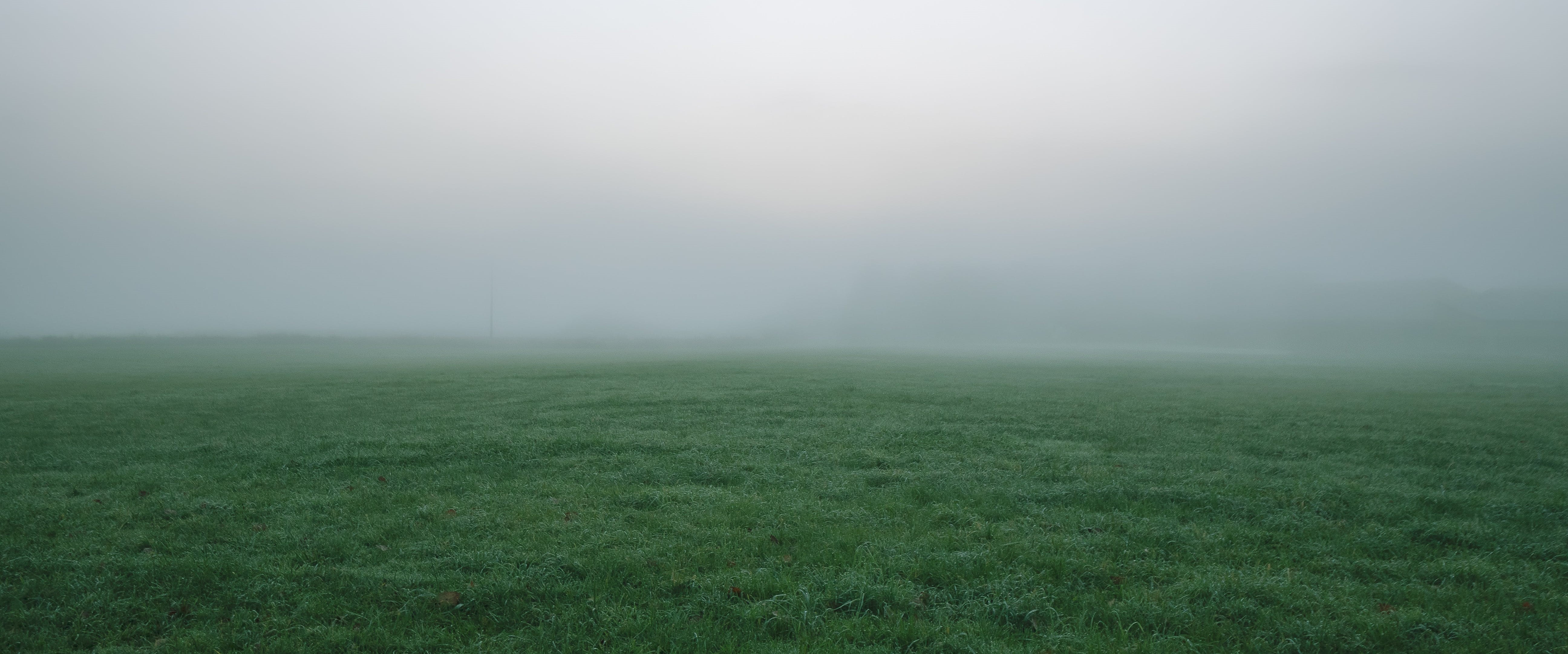Architecture & Infrastructure
Zephryn was originally built as a much larger-than-average driftboat meant to house a collective of individuals, rather than a single family. It was the largest vehicle of its kind ever build, and many were quick to call it far too ambitious.
However, it quickly became popular as more of the people native to the hills began to see it as much more consistent than the already-existing villages in the hills; the city was subject to fewer of the biome's forces, yes, but its control over its own motions, as well as the closeness it offered, were what attracted more and more to move there. Soon, it was completely full, and people began to share homes, bissect buildings to make room for more infrastructure, and eventually, build their own additions to the ship. The first of these additions came in the form of towers build atop the deck. These towers were created and funded by the city, almost indistinguishable from the rest of its architecture. They were a temporary solution to the city's problem, as a further influx of citizens filled these towers in half the time it took to build them. The city was far too slow in its construction endeavours to keep up with the growing population, leading individuals to seek their own solutions.
Some chose to build out from the sides, creating decks and platforms on which they were able to build more homes and buildings. Others found ways to make use of space that had otherwise been unusable, building around the engines or into the walls. Some even tore up parts of the floor to dock other ships beneath the hull - a practice that was frowned upon by the city and later banned.
But the most popular method of expansion was through docking other ships to the side of the city, attaching them through flimsy wooden pathways and nails that had seen better days. These extensions to the city became known as patchwork enclaves, named after their noticeably distinct appearance and cultures. Those living within the patchwork enclaves had tighter-knit communities and more personal space than those living in the city proper - often a source of envy and contempt between the two groups. This tension is only fed by the city's government, with different laws applying to the separate portions of the ship.
The Squall: A Disconnected District
As the inhabitants of Zephryn expanded outwards, one of the most notable areas of expansion became known as the Squall. A large undertaking of a much smaller group of people, this expansion was meant to provide much more building space. However, due to a lack of oversight and some unstable connections to the main ship, the Squall broke off from the city major. They still are considered a part of the city - however, travel to and from the district must be done via smaller driftboats, and the district has become mostly self-governing. Its citizens have an entirely separate culture from the rest of the ship, feeling as though they are better off than members of the city proper.
Government
The city of Zephryn is primarily run by a city council whose members are elected by the general populace every 5 years, staggered between members so that there are no rough transitions between different councils. A member of the council may hold their position for up to two terms before becoming inelligible; However, most only take one due to the stressful nature of the position. During elections, citizens of the city proper are given more votes than citizens of districts constructed later - a source of contention among the populace. There are seven members of the council, who are responsible for all city-sanctioned construction and activity within the city. The majority of their decisions affect the original sections of the ship the most, hence the citizens in those areas of the city having more weight in the vote. However, the outer districts do not see this as an excuse.
Resources
Zephryn has very few natural resources that it is capable of harvesting or producing, its entire landscape artificially created and far from any usable sources of land, soil, or water. For the majority of these resources, the city has managed to become almost entirely self-sufficient, with just a handful of the more important resources requiring some level of bartering for - most significantly, building material.
Water
The city's water comes from
bubbletree farms located on the upper deck of the ship. Located in domes to filter and limit the plants' oxygen intake, these bubbletrees are able to collect water from the air around them in a process known as
aquasynthesis, so long as there is moisture in the air. Access to these domes are restricted, and exit and entry limited, to prevent excess oxygen from entering and harming the trees.
Waste
Waste is managed through a system of pipes running through the ship that lead to a composting area. However, these pipes only extend into parts of the ship that were originally built, as well as the towers at its peak. The enclaves have to manage their own waste, often with separate composting centres - though their waste must be collected manually. This waste can then be used for the ship's farming.
Food
There are a few farms that were scattered across the ship to provide food for the city when it was originally built. However, it was later decided that these farms took up too much space on the ship. Instead, smaller platforms were built to fly jusst above the ship itself, attached through chains and held aloft similarly to the ship. These farms are accompanied by farmhouses, where their caretakers reside.
Trade
The majority of the trade that occurs within the city is not necessarily between Zephryn and other settlements. Rather, traders and merchants from a variety of locations will gather on the decks of Zephryn, barting with some of its citizens, but primarily with one another. It serves as a middle ground for them, so none have to travel too far from their homelands to gain access to resources found further away than they could or would ever realistically go.
Transportation
The city was never meant to house as large a population as it currently holds, and was not originally built with large-scale transportation in mind. As such, the centre of the ship is primarily winding hallways with no better mode of transportation than simply walking through. This process often requires a map for those unfamiliar with an area, as it is easy to get lost in the winding walls overlapping one another, and rooms built over one another.
However, the newer areas of the city have begun to change this. The towers, one of the first additions to the city, were built with elevators running through their centre to allow for easy transportation between floors. Later, pathways were added between some of the upper levels of these towers, providing both structure and a pathway between them that did not involve going down to the main deck and just to head upwards in a different location.
Some of the enclaves have built train tracks surrounding the outside of the ship, connecting them to one another and also making a few stops just inside of the hull. In larger enclaves, there are bus systems on individual levels and a multitude of elevators crossing between floors. Some have bus systems in conjunction with elevators, allowing for one mode of transport within the entire enclave.
Districts & Cultures
The cultures of Zephryn can be separated by district, split into three distinct categories. The Patchfolk are those from patchwork enclaces across the sides and base of the ship, often in communication with one another through railway lines. The Zephrians are those from the city proper, as well as the towers that were build later. Finally, the Squaltor are those living in the Squall. These cultures are distinct in the ways they view personal space, community, and general lifestyles - these opinions being highly depended on the amount of space alotted to the typical civilian of each of their respective districts.
The Patchwork Enclaves
Those in the patchwork enclaves consider travel to be a crucial part of existence. Many of them grow to practice iterithycomancy, conducting the city's trains or busses or even accepting positions helping in the steering of the city itself. Those living in the enclaves are expected to travel between them before finding a place to settle down - and even then, most do not settle in one place for very long. There are many
kuuyikar who make their homes in these enclaves.
The City Proper
The citizens living in the city proper are used to close-quarters habitation. The vast majority of them share small homes with groups of people, and consider constant social interaction to be a general fact of life. To them, not wanting to interact with those around you is considered rude to them, as you are sharing a space with them and have decided that they are not worth your time. People will often greet one another with hugs, or kisses on the cheeks.
The Squall
Inhabitants of the Squall value separation and privacy almost as much as the other districts value community. They still consider some degree of sociality to be good for one's health, but a person who chooses to remain in their home all day is not looked down upon. It is considered common etiquiette to allow at least the width of a full body between oneself and another person, standing any closer than that being considered rude and uncomfortable.







Ohhh, this is fun. I enjoyed imagining how the city took shape, especially with the Patchwork Enclaves. I feel like there are hundreds of stories to tell just in this settlement, honestly.
Explore Etrea | March of 31 Tales
i'm thinking of writing a short story in it! to kinda help capture the setting
Short stories are always fun! :D
Explore Etrea | March of 31 Tales